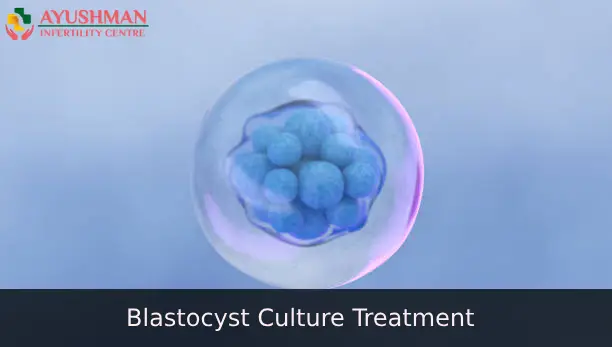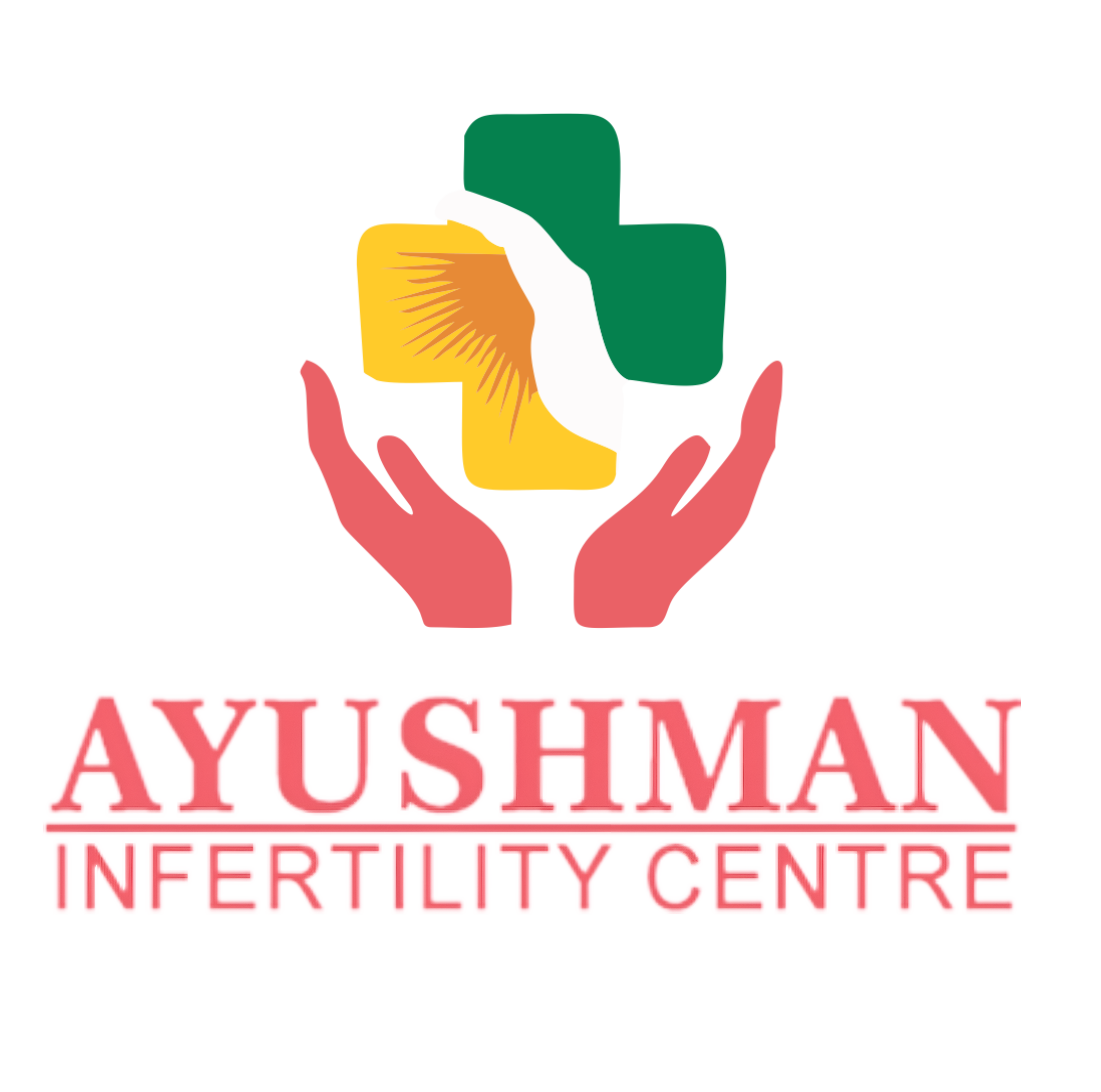
Best Blastocyst Culture Treatment in Dwarka, Delhi
Blastocyst Culture is a laboratory technique used during in vitro fertilization (IVF) where embryos are allowed to develop for 5-6 days before being transferred to the uterus.
During IVF, the mother’s eggs and the father’s sperm are combined in the lab to create multiple embryos. These embryos are then allowed to develop for 5-6 days, making them healthier and stronger.
The aim is to increase the likelihood of successful implantation of the embryo in the uterus, leading to a successful pregnancy. The fertilized egg, now called a blastocyst, is then transferred to the mother’s womb and allowed to hatch.
The blastocyst consists of two types of cells: the outer ones develop into the placenta, while the inner ones develop into the baby.
Opting for Blastocyst culture treatment in Dwarka significantly improves the chances of pregnancy, contributing to the highest success rates ever seen in IVF.
Why Choose Blastocyst Culture Treatment in Dwarka?
Not every embryo formed during IVF or ICSI makes it to day 5, as not all are normal or viable. In our Blastocyst culture treatment in Delhi, we recognize that a key challenge for embryologists is identifying the healthiest embryos while discarding those unlikely to implant or survive in the uterus.
By opting for blastocyst culture treatment in Dwarka, we allow embryos to progress until day 5, enabling us to select the best ones (blastocysts) and discard those that were never fit for success. This ensures a more effective and informed decision-making process.
Additionally, mirroring the natural process, the human embryo typically implants in the endometrium on day 5/6. Culturing embryos until day 5 and transferring at the blastocyst stage aligns more closely with this natural timeline compared to transferring on day 2 or 3. This may contribute to a more favorable environment, as the uterus is less likely to expel the embryo on day 5, reducing the risk of uterine contractions.
Any surplus blastocysts not used during embryo transfer can be frozen using the vitrification technique. Thawed frozen blastocysts have shown excellent survival and pregnancy rates when placed in the uterus.
Advantages of Blastocyst Culture Treatment in Dwarka
- Increased Implantation Rates: Allowing embryos to develop until the blastocyst stage helps us choose the healthiest ones for transfer. This boosts the chances of successful implantation and a healthy pregnancy.
- Lower Risk of Multiple Pregnancies: By opting for Blastocyst Culture and Transfer, we transfer fewer embryos, decreasing the likelihood of multiple pregnancies while still maintaining high success rates.
- Enhanced Synchronization: Transferring blastocysts ensures better alignment with the uterus’s lining, improving the chances of successful implantation and a thriving pregnancy.
Who Benefits from Blastocyst Culture Treatment in Dwarka?
- Those with Recurrent IVF Failures: If you’ve experienced repeated IVF failures, Blastocyst Culture and Transfer might be beneficial.
- Women with Healthy Eggs and Embryos: Females with robust eggs and embryos can also find advantages in this treatment.
- Users of Frozen Embryos: Individuals relying on frozen embryos can benefit from blastocyst transfer, particularly if there are limited embryos for transfer.
- Patients with Fewer Embryos: Allowing embryos to develop for 5-6 days can enhance pregnancy chances when there are fewer embryos for transfer.
- Parents Wanting a Single Child: If you already have one child and wish to avoid multiple pregnancies, blastocyst transfer treatment is a suitable option.
At Ayushman Infertility Centre, we specialize in the Best Blastocyst Transfer IVF treatment in Delhi. We typically transfer only 1 or 2 blastocysts at a time to prevent multiple pregnancies. For a successful blastocyst transfer treatment or any IVF-related queries, call us at (+91 7303196662) or book an online appointment with our fertility specialists.
FAQs (Blastocyst Culture Treatment in Dwarka)
Q: Why is Blastocyst Culture used in IVF?
A: Allowing embryos to reach the blastocyst stage helps identify the healthiest ones, increasing the chances of successful implantation and a healthy pregnancy.
Q: How does Blastocyst Culture reduce the risk of multiple pregnancies?
A: By transferring fewer blastocysts (typically 1 or 2), Blastocyst Culture minimizes the risk of multiple pregnancies while maintaining high success rates.
Q: Is Blastocyst Culture suitable for everyone undergoing IVF?
A: While it can benefit many, the suitability varies based on individual circumstances. Consult with fertility specialists to determine the best approach for your specific situation.
Q: Does the age of the woman affect the success of Blastocyst Culture?
A: The age of the woman can influence the success of IVF in general, but Blastocyst Culture is designed to optimize embryo selection, benefiting individuals across age groups.
Q: Are there any risks associated with Blastocyst Culture?
A: The technique itself is generally safe. However, the number of blastocysts transferred should be carefully managed to avoid the risk of multiple pregnancies.
Q: Can frozen embryos undergo Blastocyst Culture?
A: Yes, frozen embryos can be cultured to the blastocyst stage before transfer, and they often exhibit excellent survival rates after thawing.
Q: What success rates can be expected with Blastocyst Culture?
A: Blastocyst Culture has shown increased success rates in terms of implantation and pregnancy compared to traditional embryo transfer methods. Success rates can vary, and consulting with a fertility specialist is recommended for personalized information.

Leave a reply